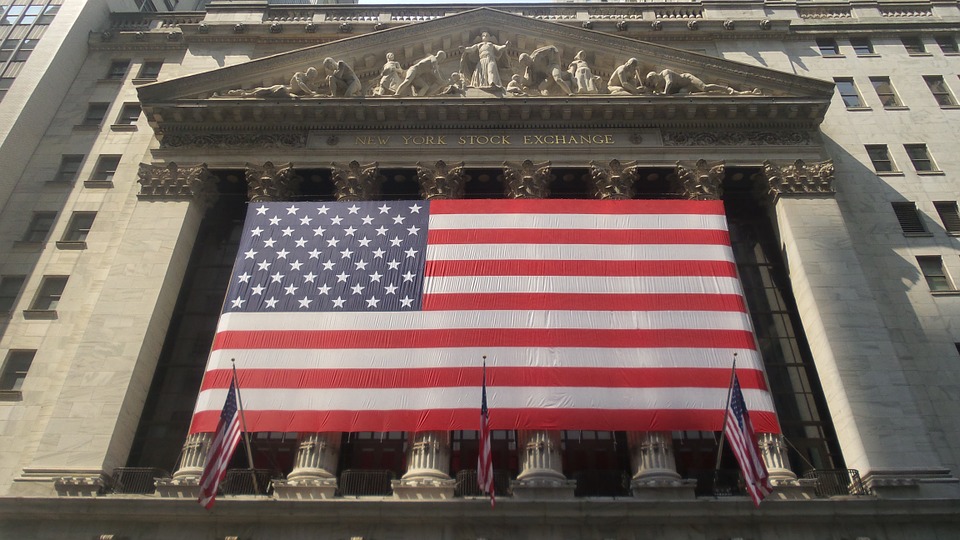Marine Flags of cities of the Hanseatic League began to appear in Novgorod, long before the formation of the Hanseatic League itself (on him. Hanse and drevn.-it. Hansa, 'group', 'Union'). At the turn of the XI-XII centuries in Novgorod already existed trading posts Gotland merchants – the so-called gothic courtyard with the church of St. Olaf, which Novgorod was called " . On Gotland in Visby, Novgorod merchants established their town house, too, with the church, the remnants of which survived. In those times of Gotland has been the center of trade in the Baltic region during its heyday is also called the "Hanseatic League merchant '.
In the second half of the xii century on Gotland appeared German merchants came here from Lubeck, and other German cities. Gradually they pushed Gotlanders, and since the turn of XII-XIII centuries., European Trade Novgorod was conducted directly through the German merchants. The Centre also trade on the Baltic Sea from Gotland moved to Luebeck. Started 'Golden age' of Hansa, the so-called 'Hansa cities' Back in the xi century, following the example of Gotlanders, the Germans launched in Novgorod Gostinnyj your yard. German court called a court of St. Peter Hanseatic sources (by name mortgaged Germans are the church), is the basis Hanseatic office in Veliky Novgorod. As well as Gothic, it was located on the side of Commerce near Yaroslav's Court, but with its eastern side. Presiding office directly to the Hanseatic cities: first German Lubeck, and then Livonia, Riga, Dorpat, Reval.
